
Island Microgrid Solutions
Island Microgrid Solutions
Core Components
- Renewable Energy Generation System
- Solar Photovoltaic System: Utilizes abundant solar energy on islands by installing efficient photovoltaic panel arrays to convert solar energy into electricity.
- Wind Power Generation System: Configures wind turbines based on the island's wind resources, capturing wind energy and converting it into electricity.
- Energy Storage System
- Battery Storage: Employs advanced lithium-ion batteries or lead-carbon batteries to store excess power generated by renewable energy sources, releasing it during peak demand or when generation is insufficient.
- Pumped Hydro Storage (suitable for islands with suitable terrain): Leverages the island's geographical advantages to establish pumped hydro storage stations, enabling seasonal or diurnal storage and release of electrical energy.
- Intelligent Distribution Network
- Introduces smart grid technologies including smart meters, sensors, communication devices, etc., for real-time monitoring of grid operation status, optimizing power distribution, and enhancing supply reliability and energy efficiency.
- Supports flexible switching between the microgrid and the external grid, ensuring that the microgrid can operate independently in case of external grid failures, safeguarding island power security.
- Energy Management System
- An integrated management platform encompassing data collection, monitoring, analysis, forecasting, and dispatching functions, providing comprehensive management and optimization of the island microgrid.
- Utilizes cloud computing, big data, AI algorithms, and other technologies to intelligently dispatch energy production, storage, and consumption, maximizing renewable energy utilization and reducing operating costs.
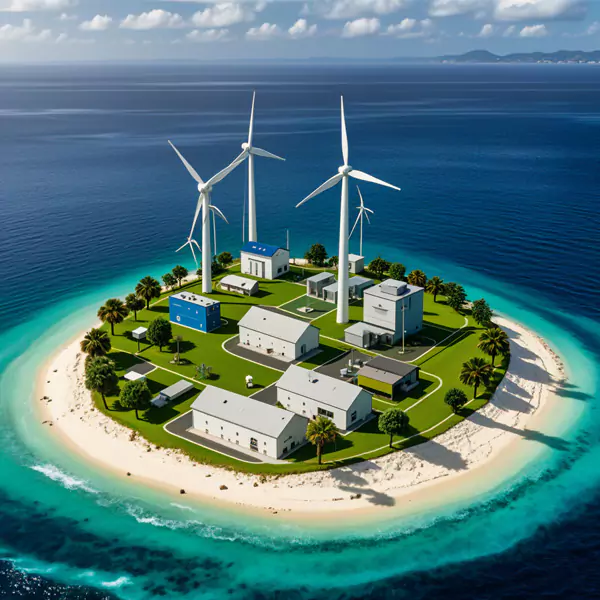
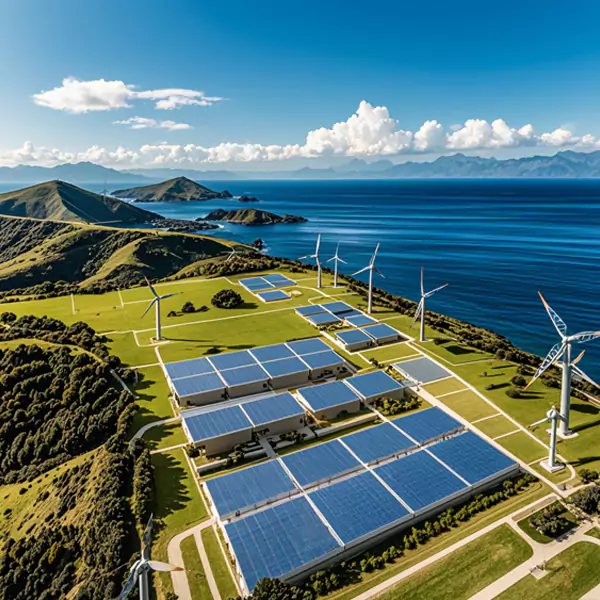
Product Advantages
- Self-Sufficiency: Reduces reliance on external grids, enhancing autonomy and security of power supply in island regions.
- Green and Low-Carbon: Leverages renewable energy sources, reducing fossil fuel consumption, lowering carbon emissions, and promoting sustainable development in island areas.
- High Efficiency and Stability: Ensures stable and reliable power supply through optimized scheduling of energy storage systems and intelligent distribution networks.
- Cost-Effective: In the long run, the declining costs of renewable energy generation, combined with reduced dependence on external power, contribute to lowering power costs in island regions.
- Intelligent Management: Provides a comprehensive energy management solution, enhancing management efficiency and reducing operational and maintenance costs.
Application Scenarios
- Power supply for remote island residential areas
- Power assurance for offshore oil drilling platforms
- Green energy construction for island tourist resorts
- Power supply for scientific research stations, lighthouses, and other public facilities
Island Microgrid Solutions FAQ 5
1. What is an Island Microgrid?
An Island Microgrid is a small, independent power system capable of operating autonomously, disconnected from the larger grid, to provide stable and reliable electricity to a specific area such as an island, remote region, or critical infrastructure. It typically comprises distributed energy sources (e.g., solar, wind, diesel generators), energy storage systems (e.g., batteries, pumped hydro storage), and an intelligent control system that manages energy production and consumption flexibly, enabling self-sufficiency.
2. What are the main advantages of Island Microgrids?
The main advantages of Island Microgrids include:
- Reliability: In cases of natural disasters, grid failures, or other emergencies, Island Microgrids can swiftly switch to an islanding mode, ensuring continuous power supply to critical loads.
- Autonomy: They do not rely on external grids, allowing for flexible configuration and optimization based on local energy resources and load demands.
- Sustainability: By integrating renewable energy sources, Island Microgrids contribute to reducing fossil fuel dependence, lowering greenhouse gas emissions, and facilitating the transition to green energy.
- Economics: For remote areas or regions with inadequate grid coverage, Island Microgrids can reduce electricity transmission costs and losses, enhancing energy efficiency.
3. What factors need to be considered in the design and construction of Island Microgrids?
The design and construction of Island Microgrids require comprehensive consideration of the following factors:
- Energy Resources: Assess the abundance of local renewable energy sources such as solar and wind to determine an appropriate energy mix.
- Load Demands: Analyze the power requirements of the microgrid's coverage area, including critical and non-critical loads, to ensure a balance between supply and demand.
- Energy Storage Systems: Select appropriate storage technologies and capacities based on energy resources and load demands to smooth out energy fluctuations and ensure stable power supply.
- Intelligent Control: Employ advanced control systems to coordinate energy production, storage, and consumption for optimized operation efficiency and reliability.
- Safety & Stability: Ensure the microgrid's safety and stability in both islanded and grid-connected modes to prevent power incidents.
4. What are some successful cases of Island Microgrid applications?
There are numerous successful cases of Island Microgrid applications worldwide. For instance, a microgrid project in Annobón Province, Equatorial Guinea, provides stable electricity to the island, fostering economic and social development. Many other remote islands and regions have also adopted Island Microgrid technology to address power supply issues, achieving remarkable results.
5. What are the future trends of Island Microgrids?
The future trends of Island Microgrids will become increasingly evident as renewable energy technologies advance and costs decline. Firstly, Island Microgrids will focus more on integrating diverse renewable energy sources and storage technologies for energy diversification and complementary utilization. Secondly, with the development and application of smart grid technologies, Island Microgrids will become more intelligent and automated, enabling precise matching and optimized scheduling of energy production and consumption. Lastly, as the world prioritizes green energy transitions and sustainable development, Island Microgrids will emerge as crucial tools for driving energy revolutions and addressing climate change.
Since we maintain control over our products, our customers can be assured of nothing but the best quality at all times.


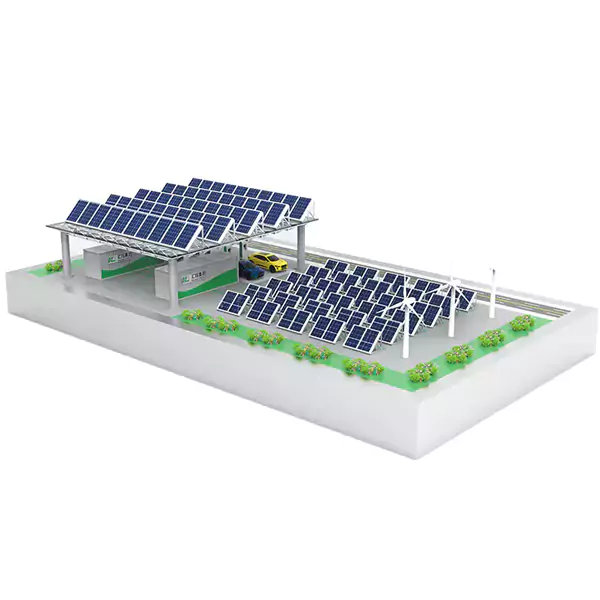
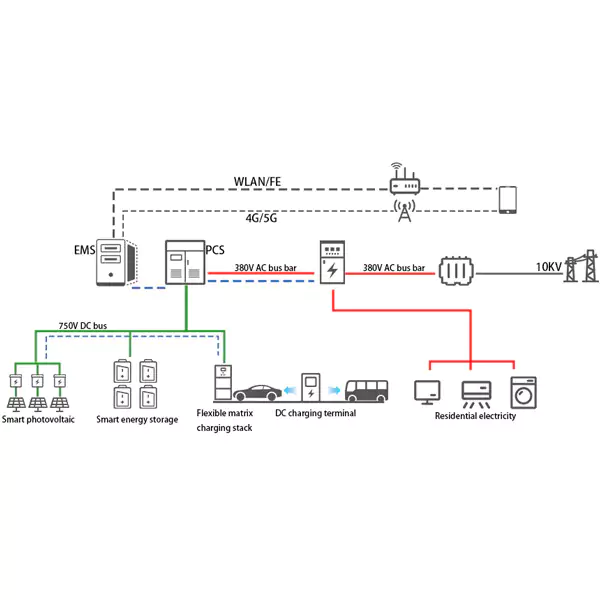
 Chat Online
Chat Online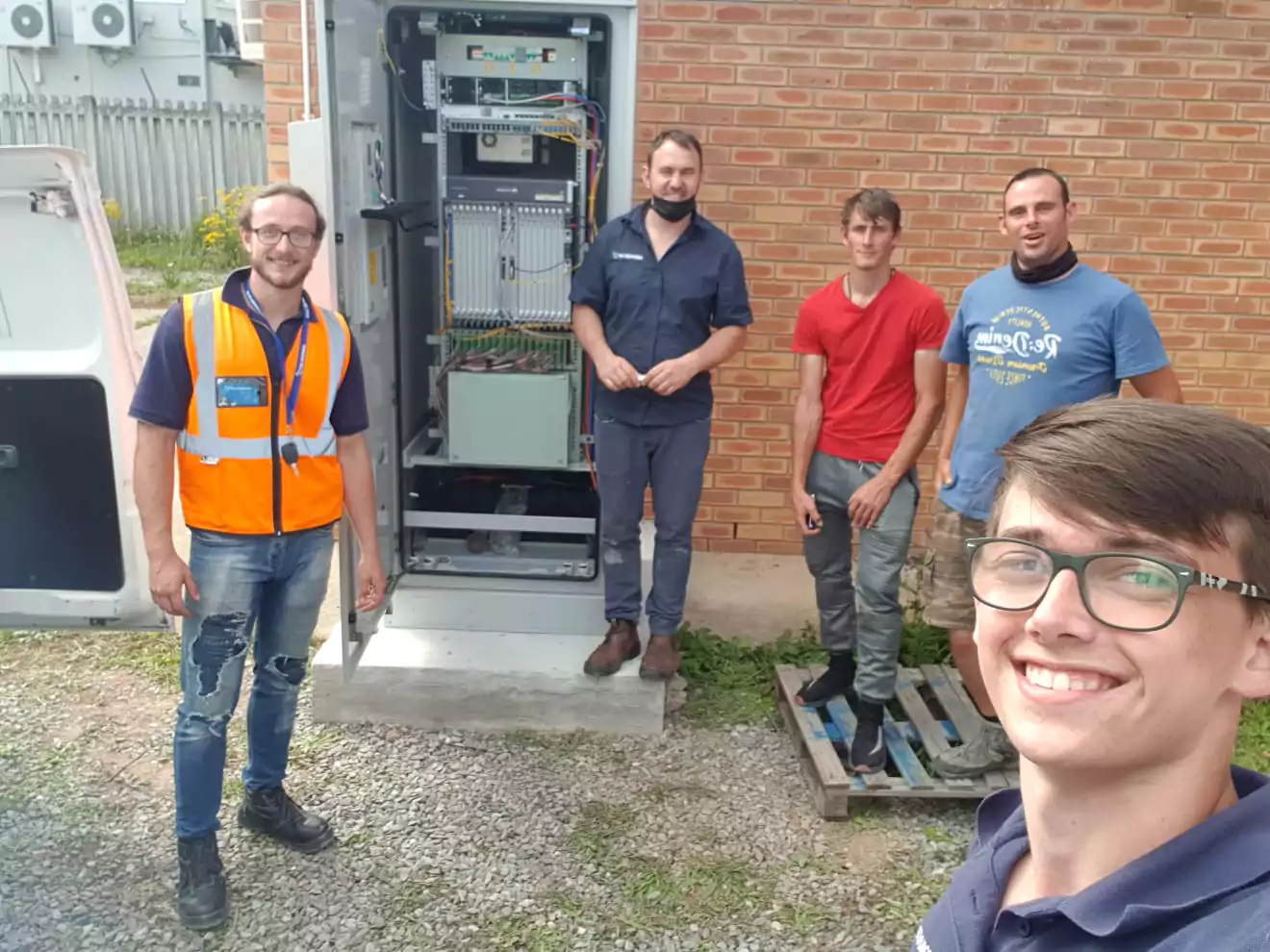
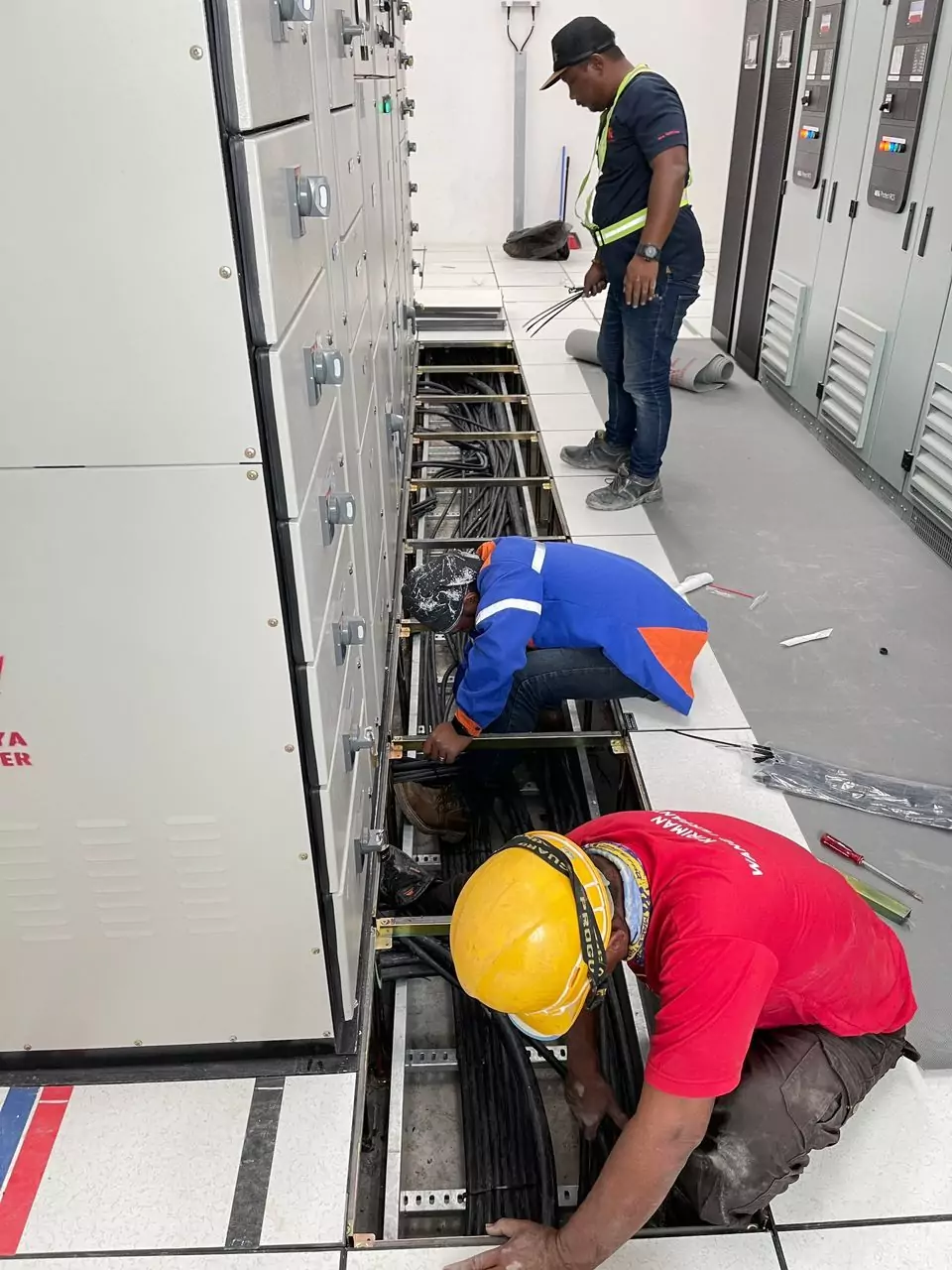
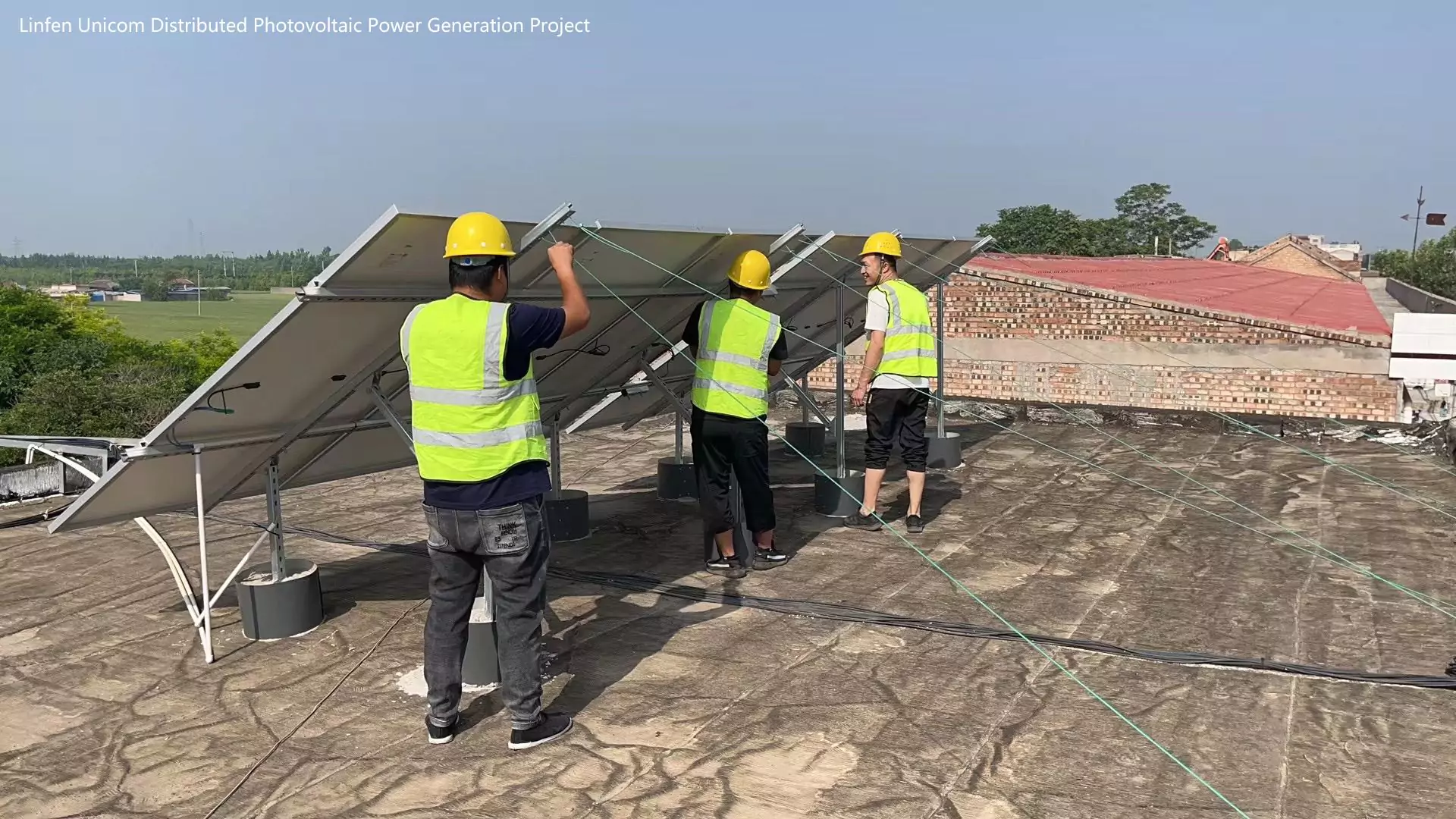
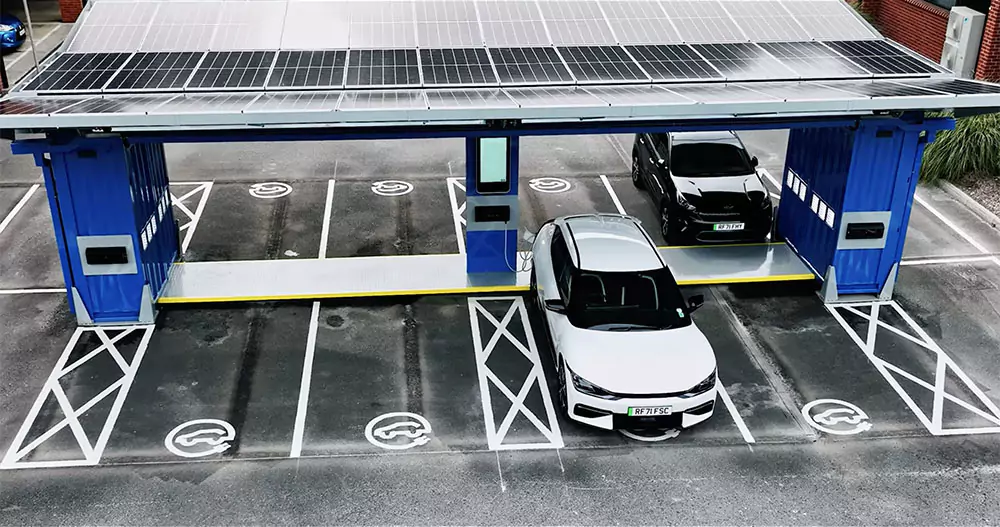
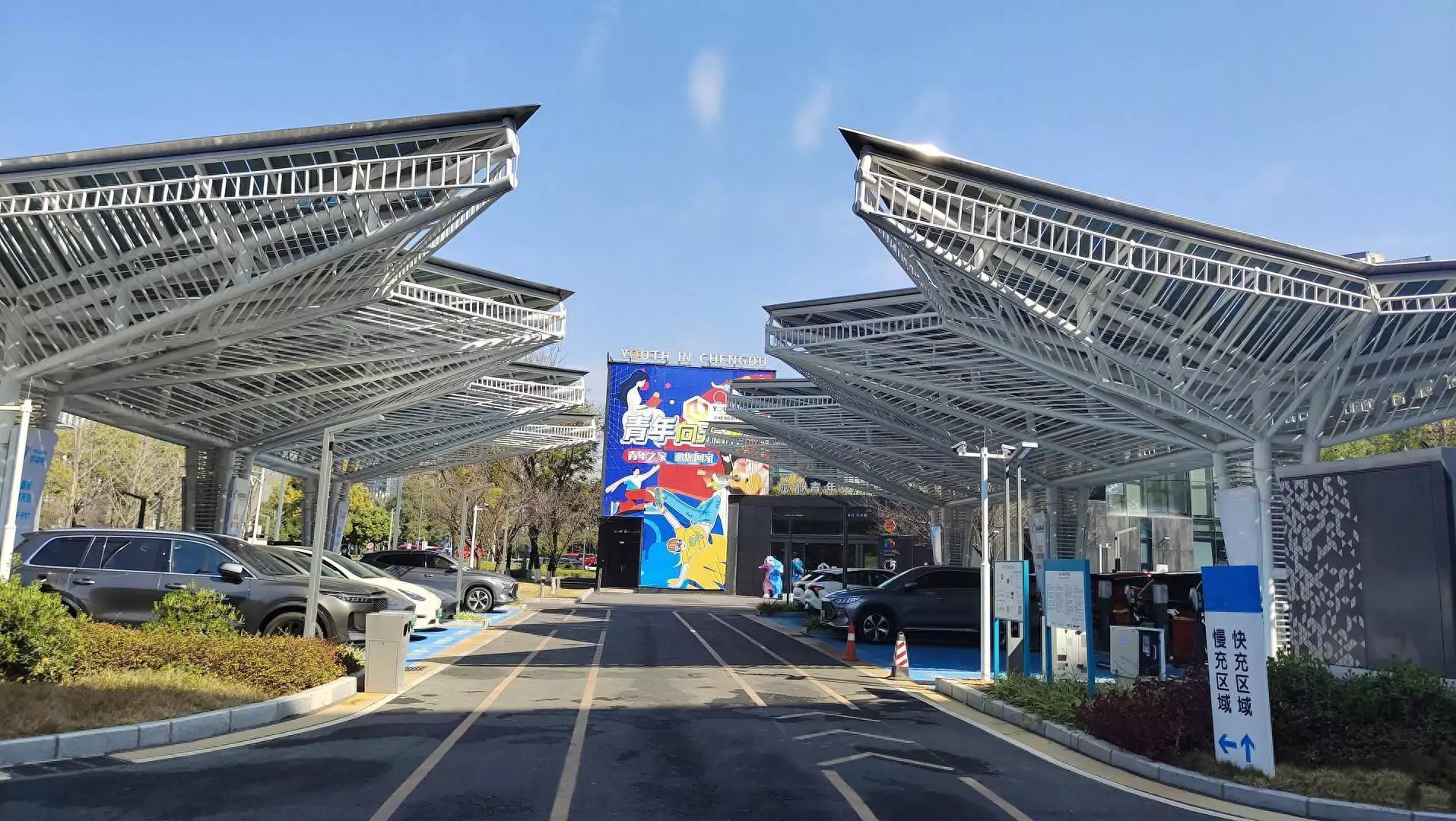
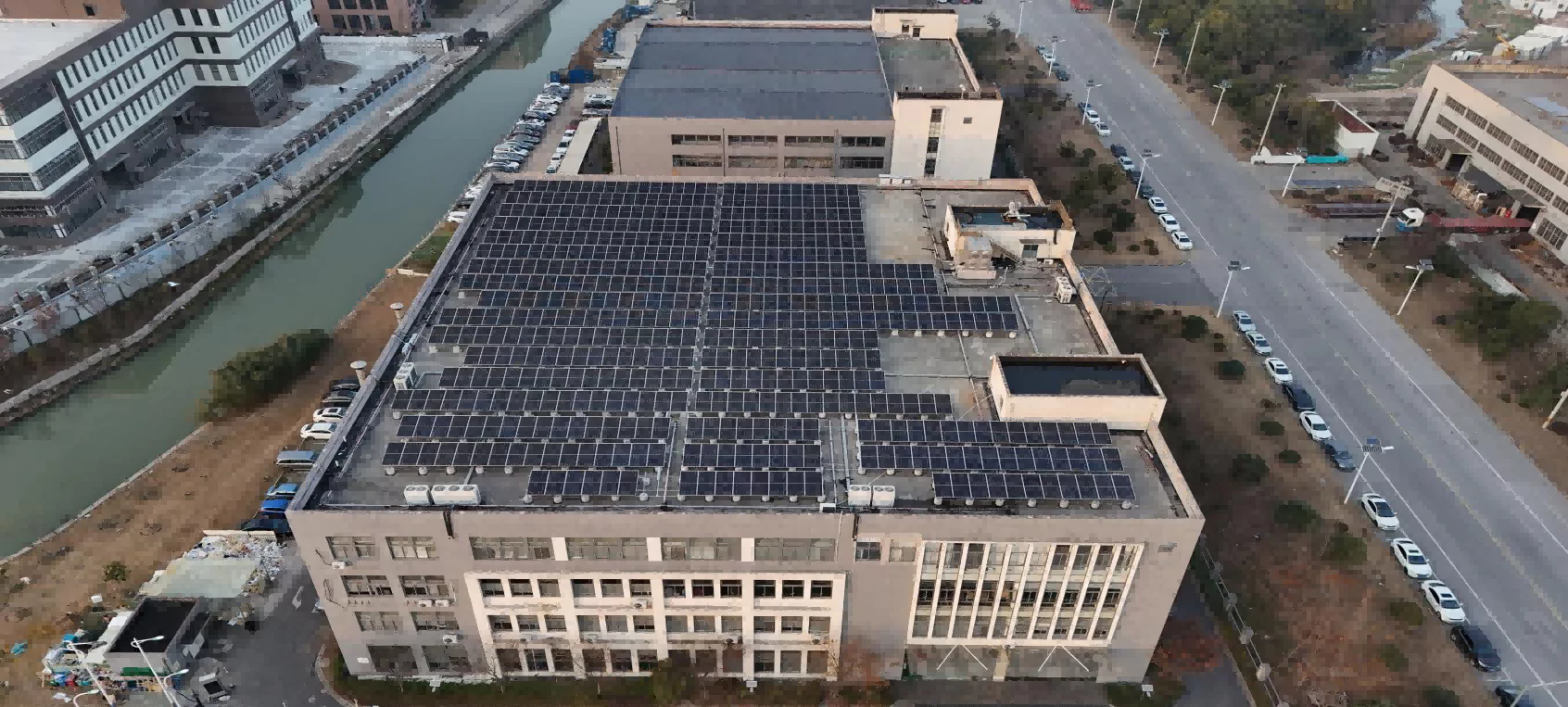
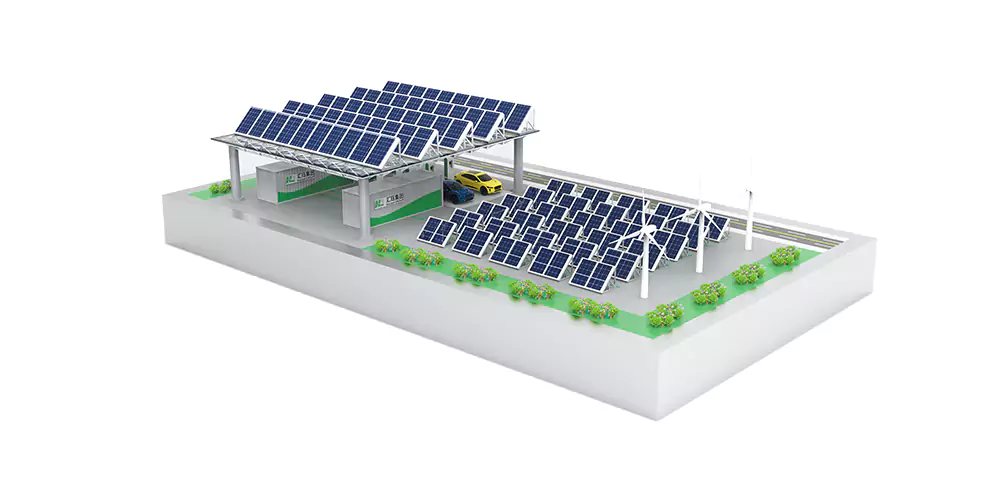
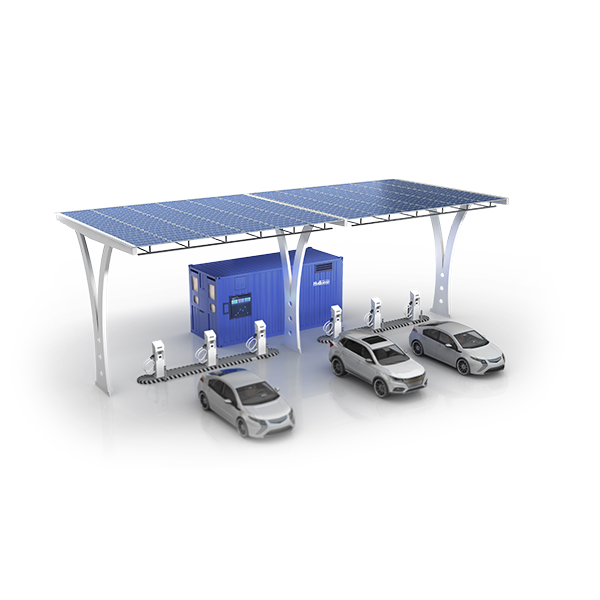
 Inquiry
Inquiry Online Chat
Online Chat